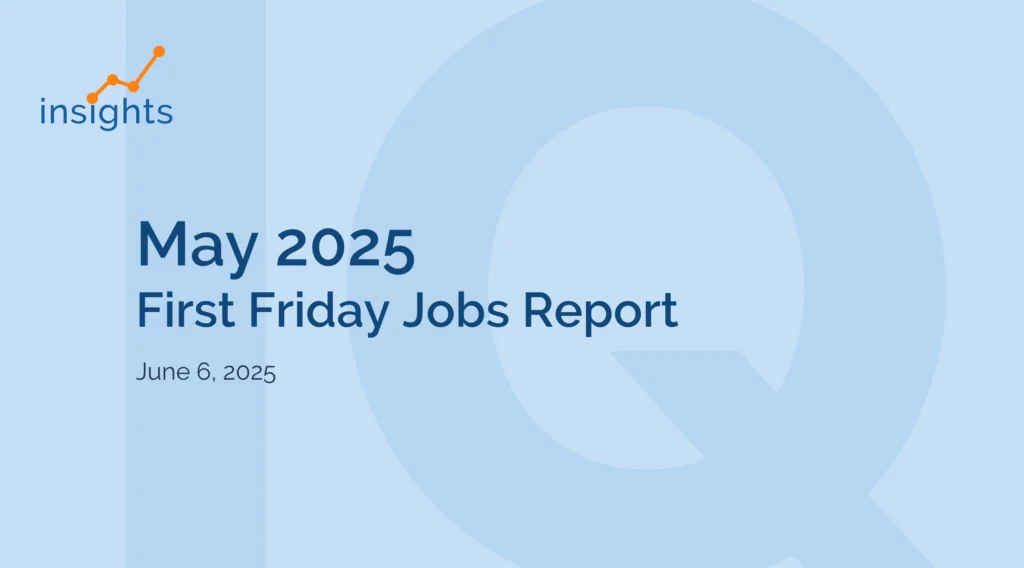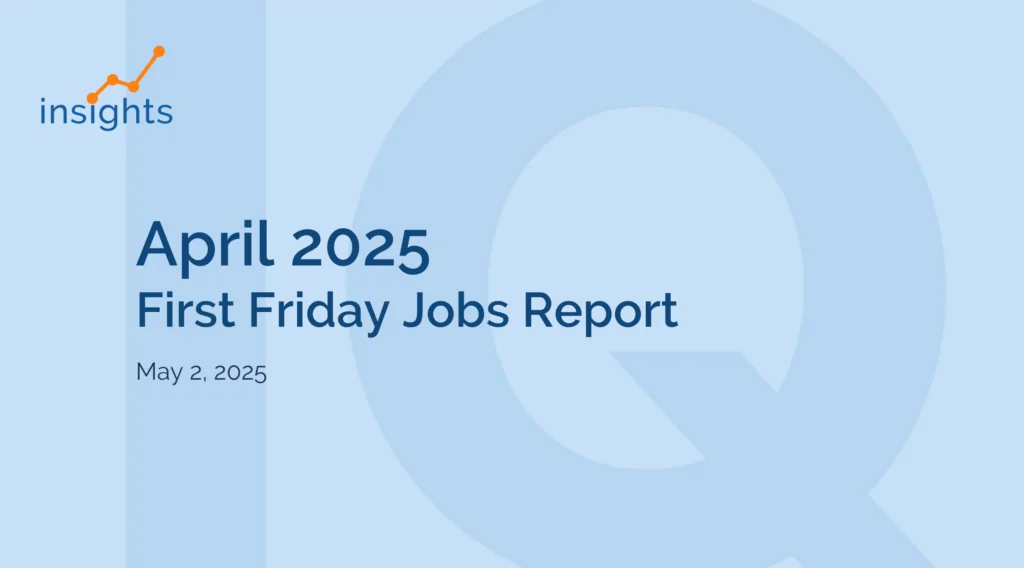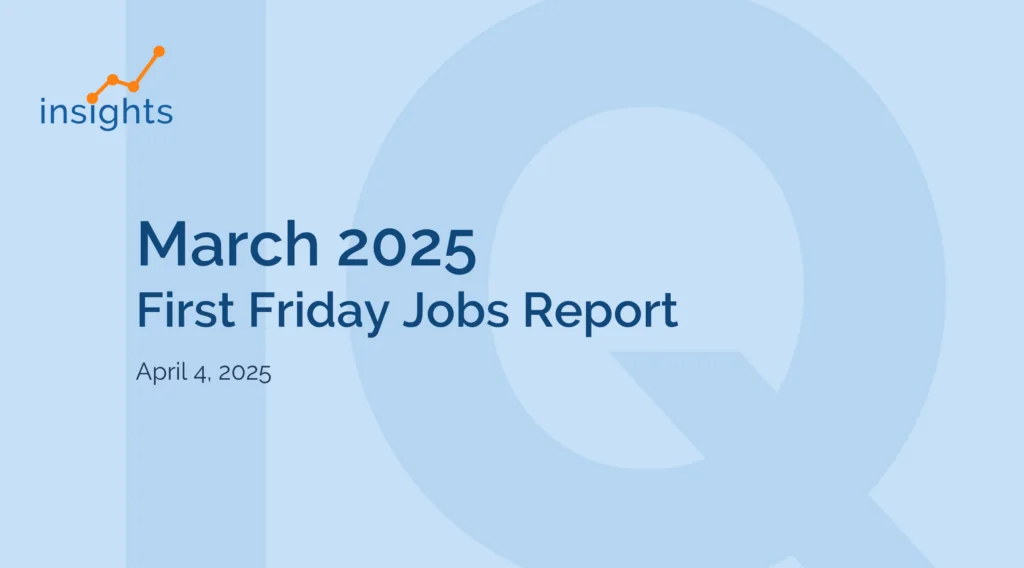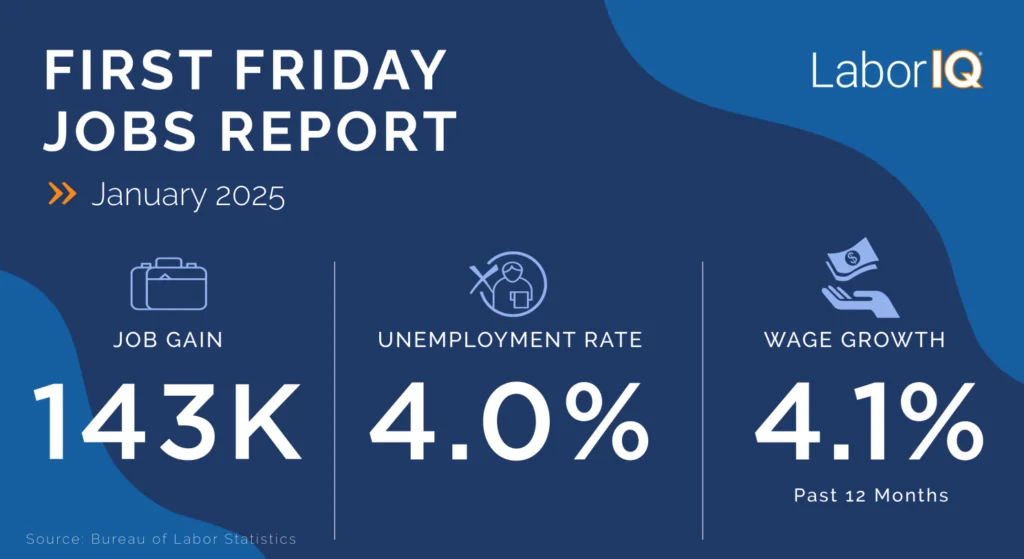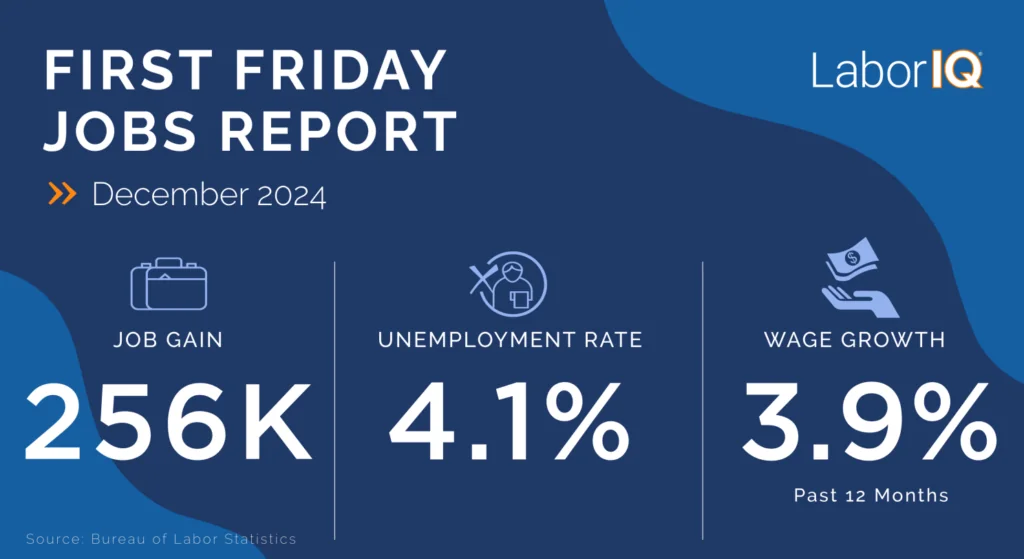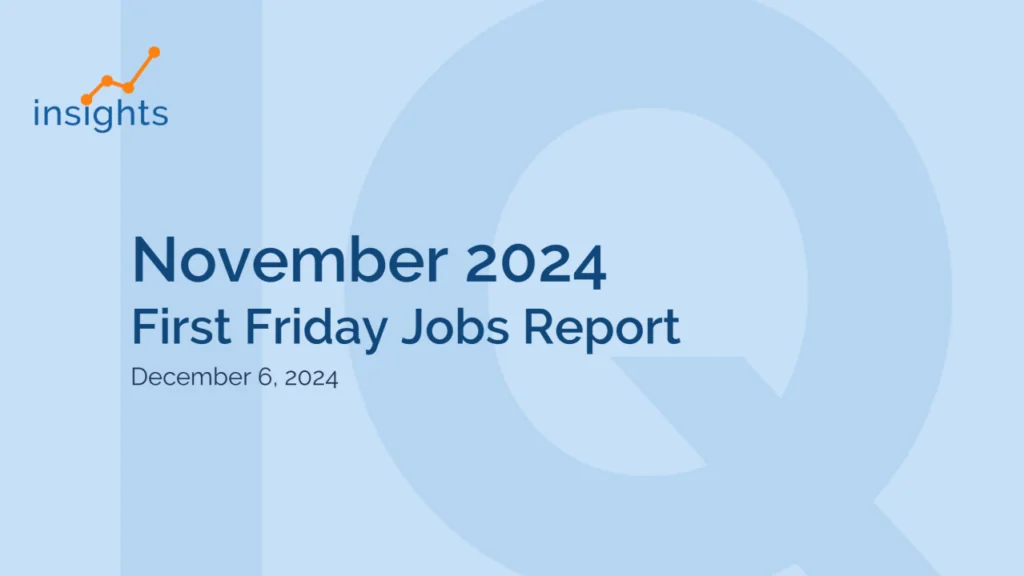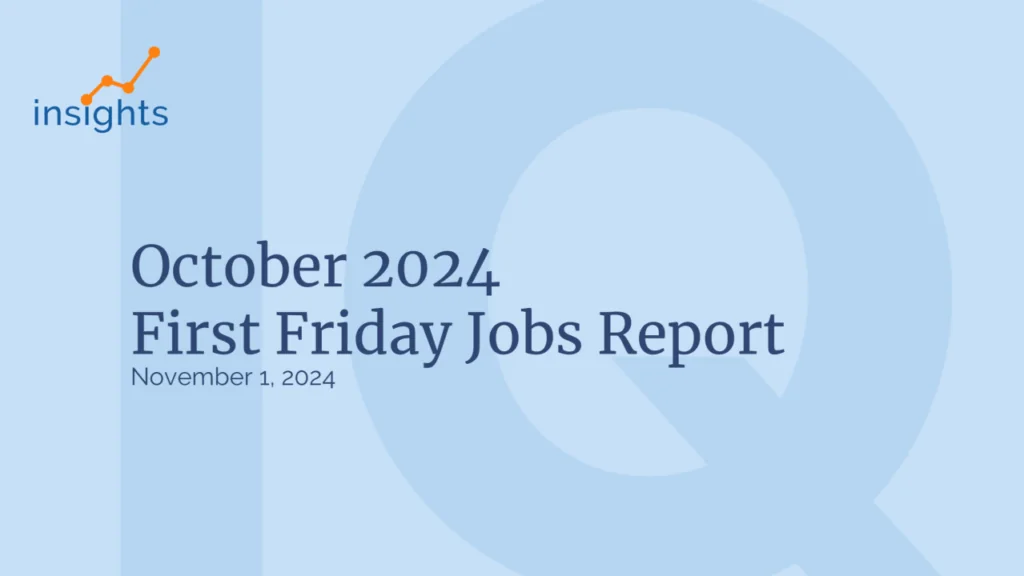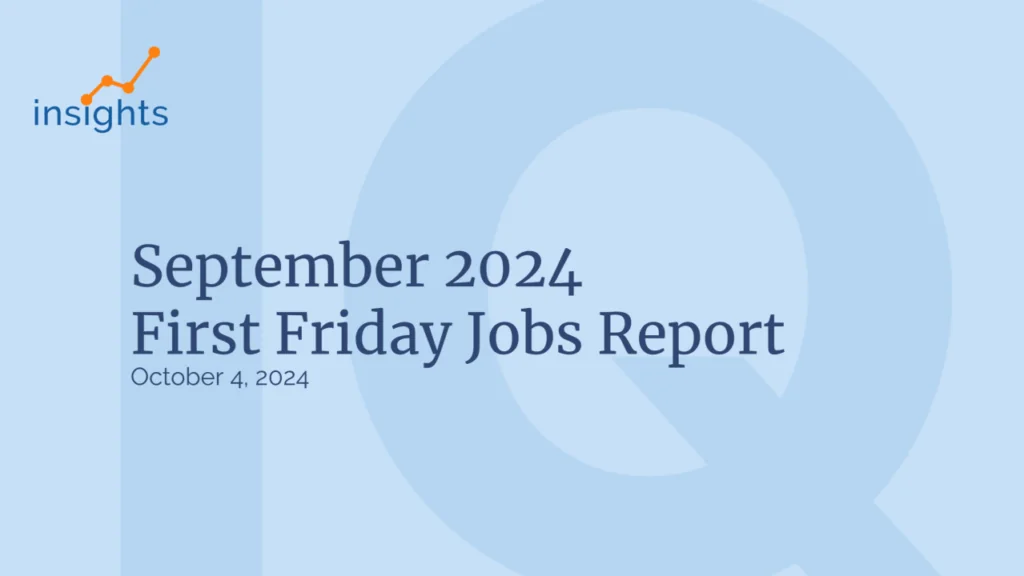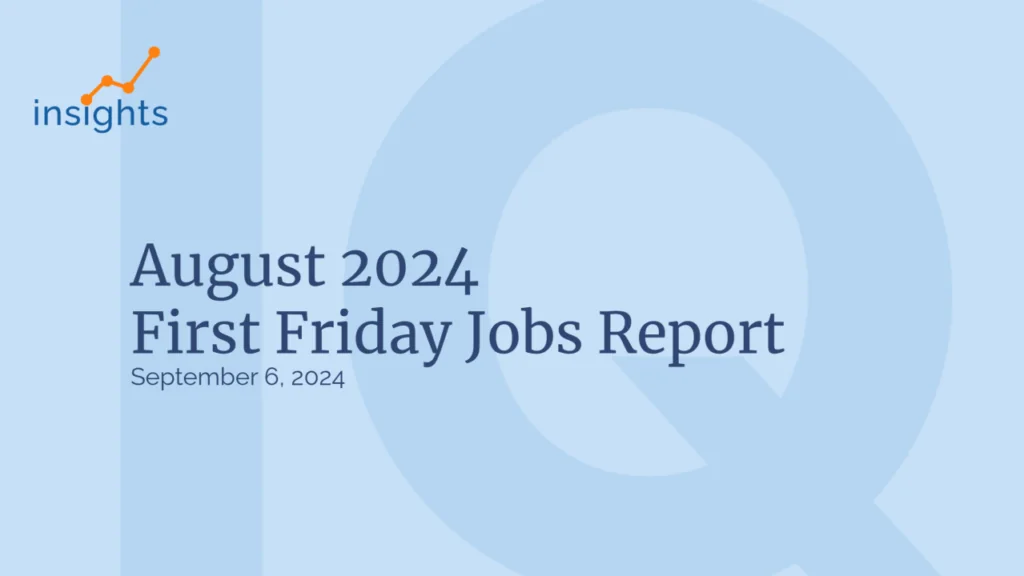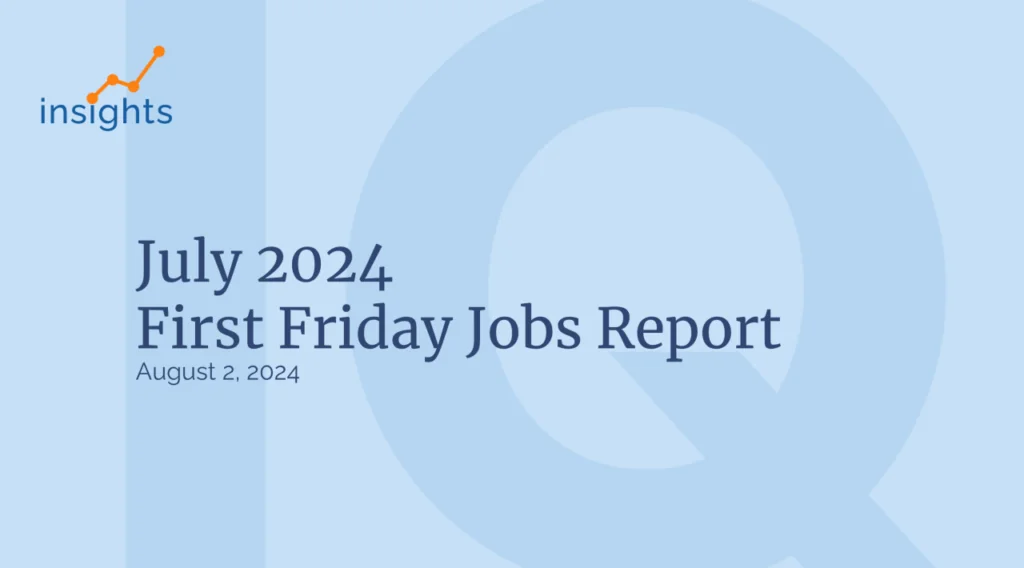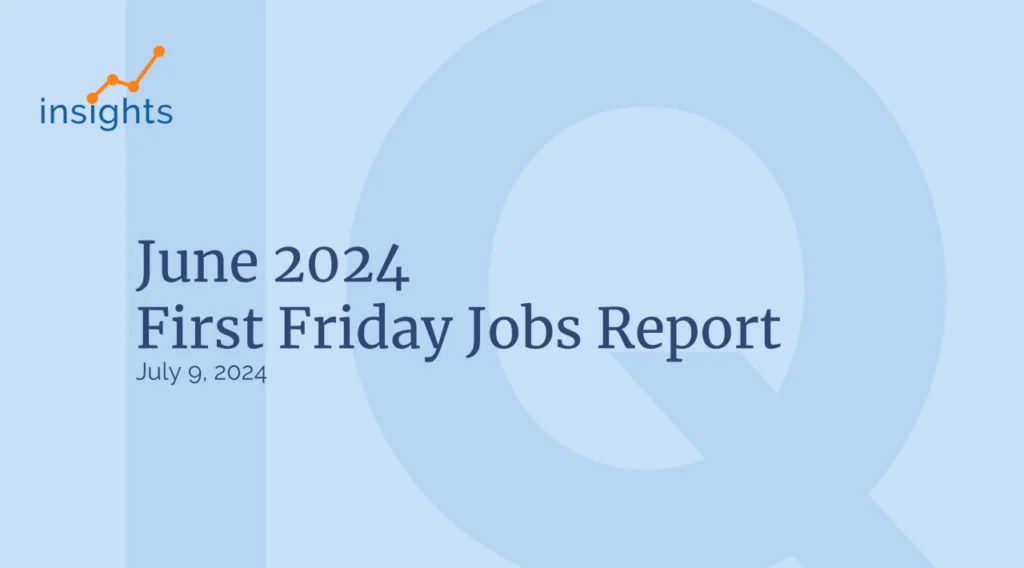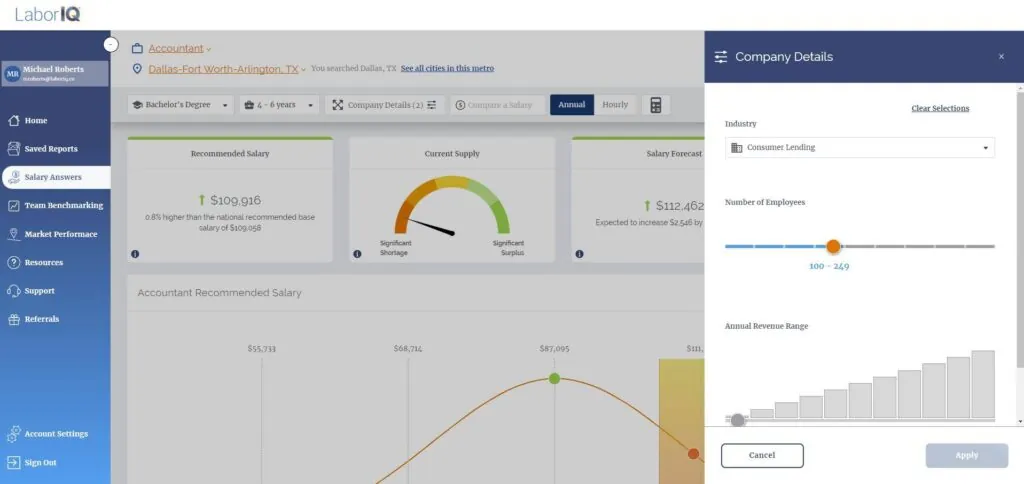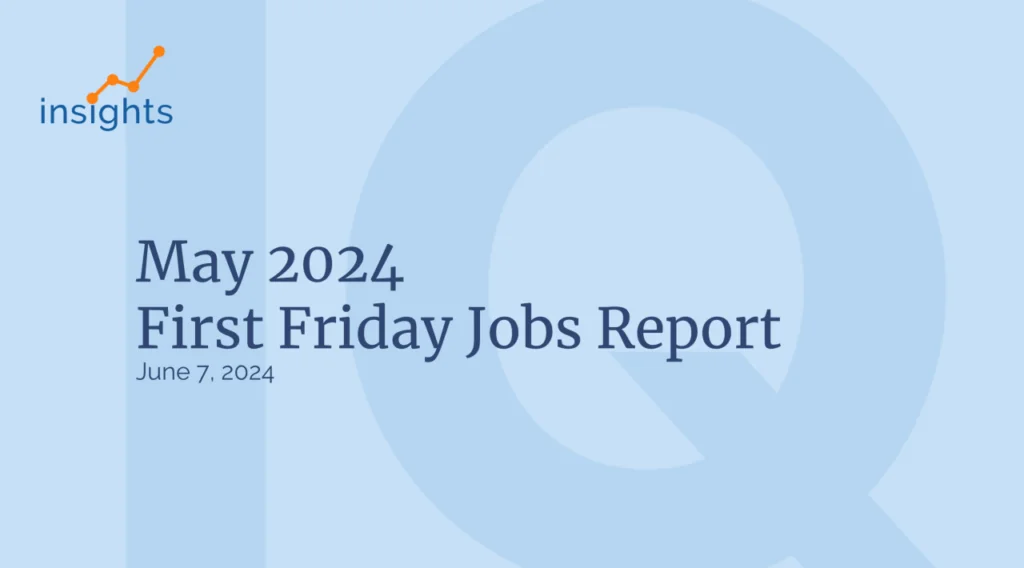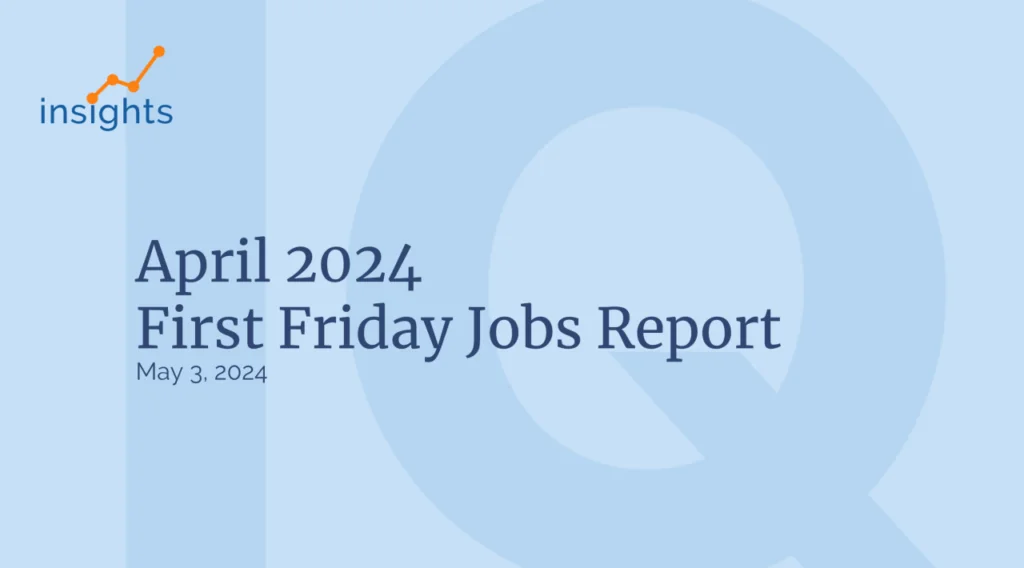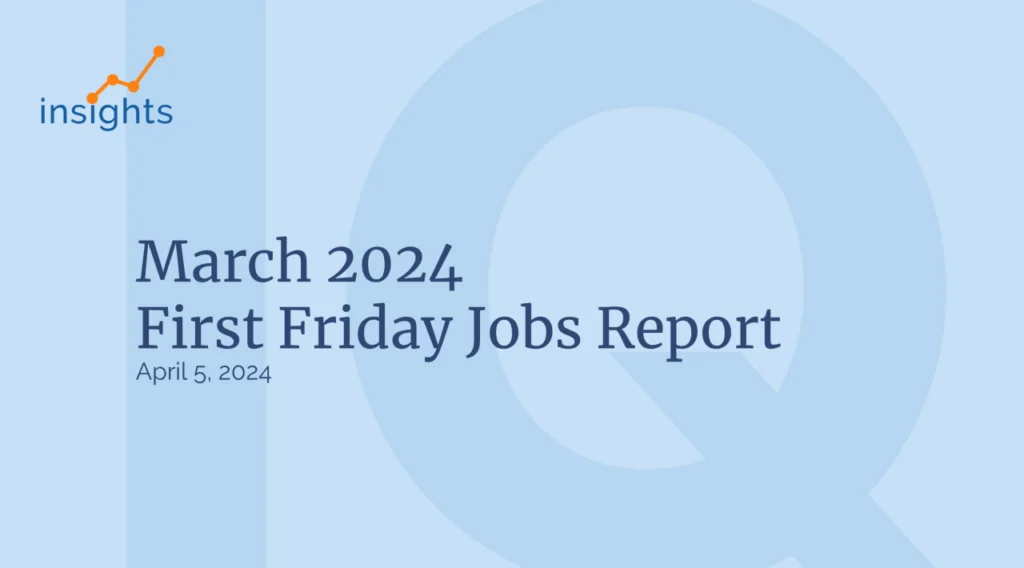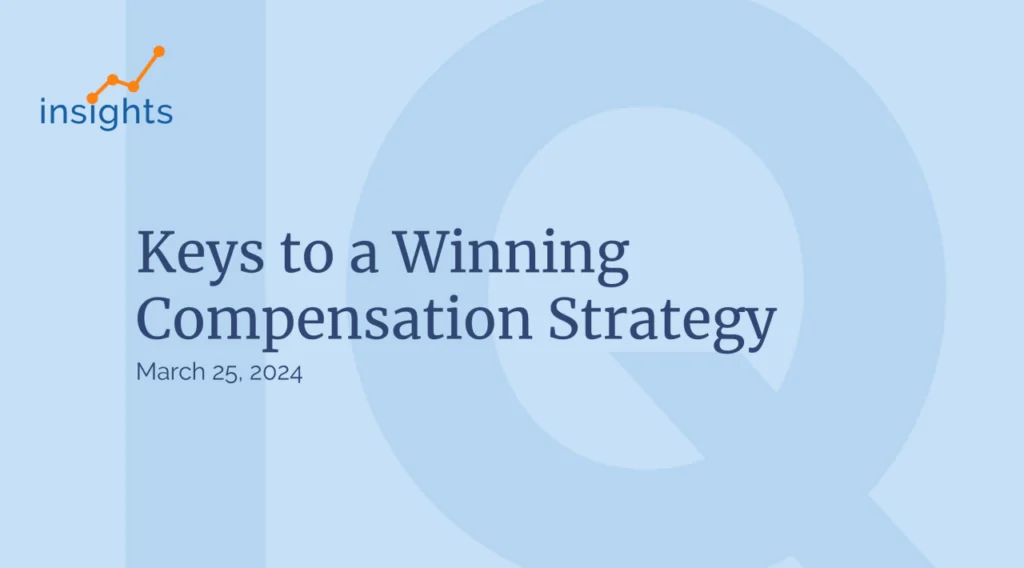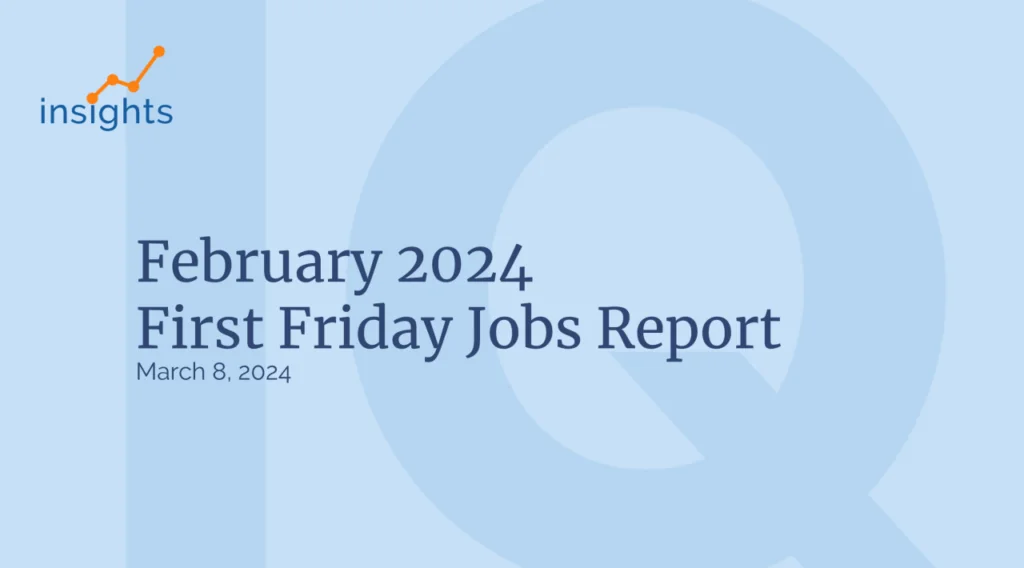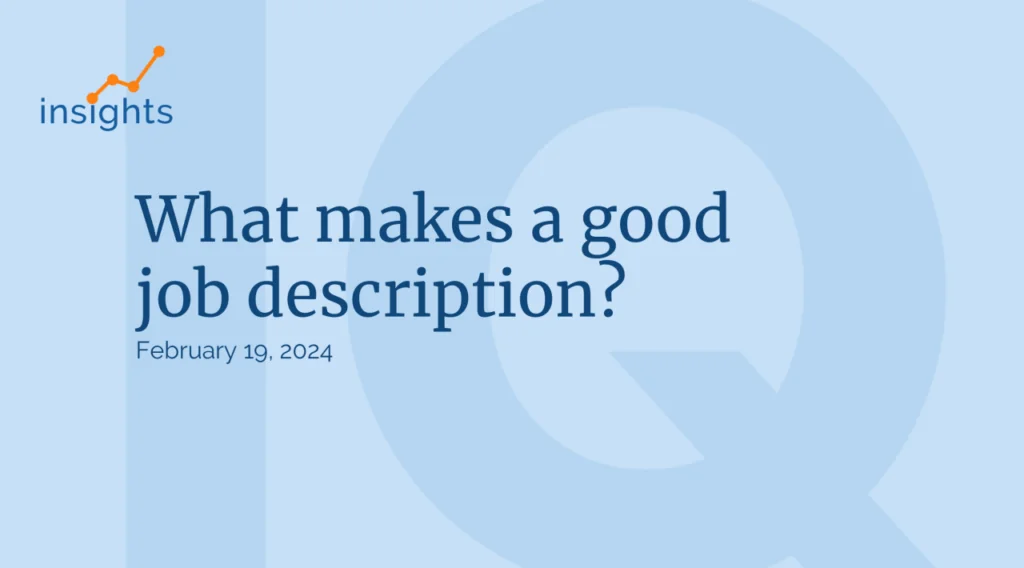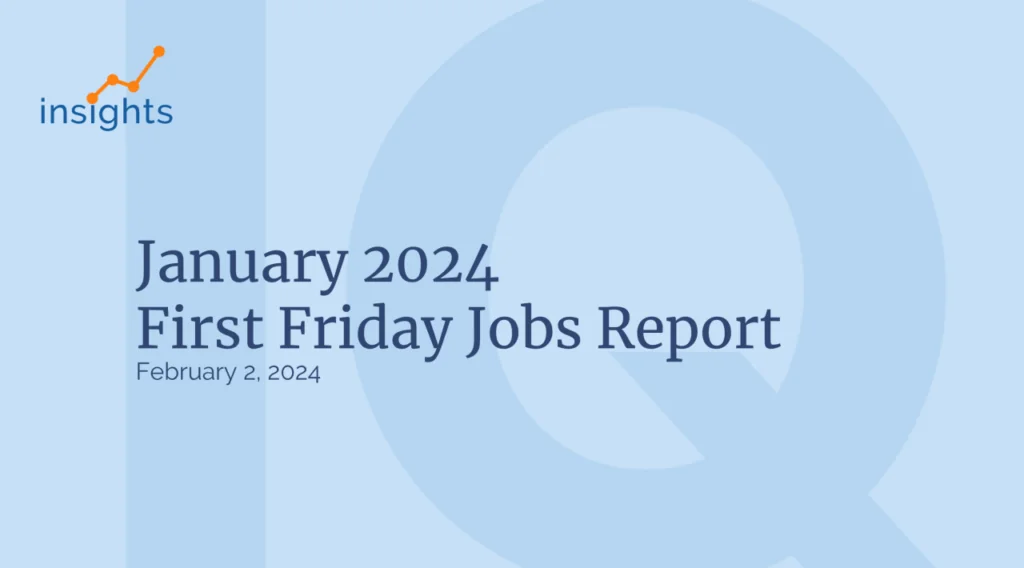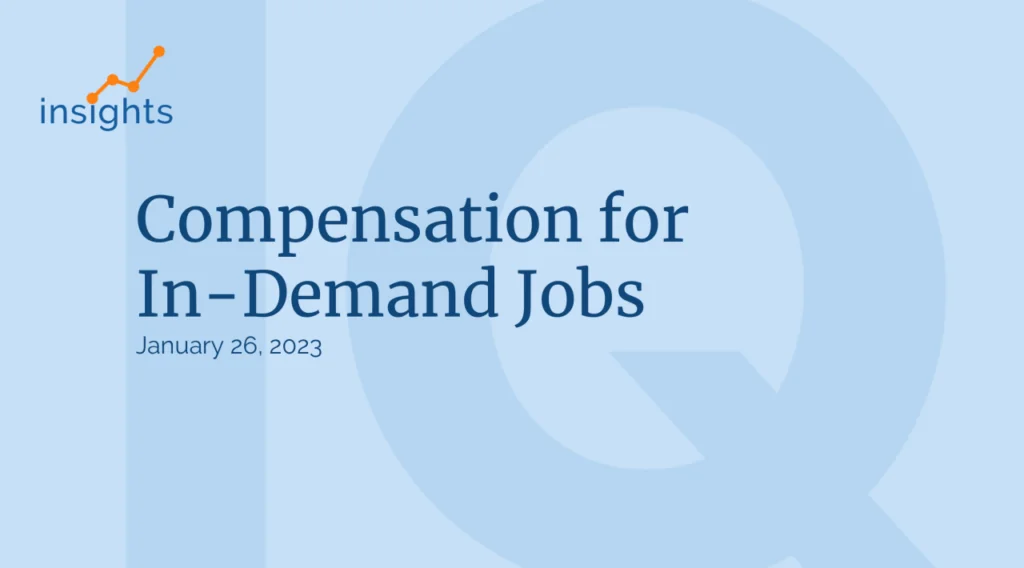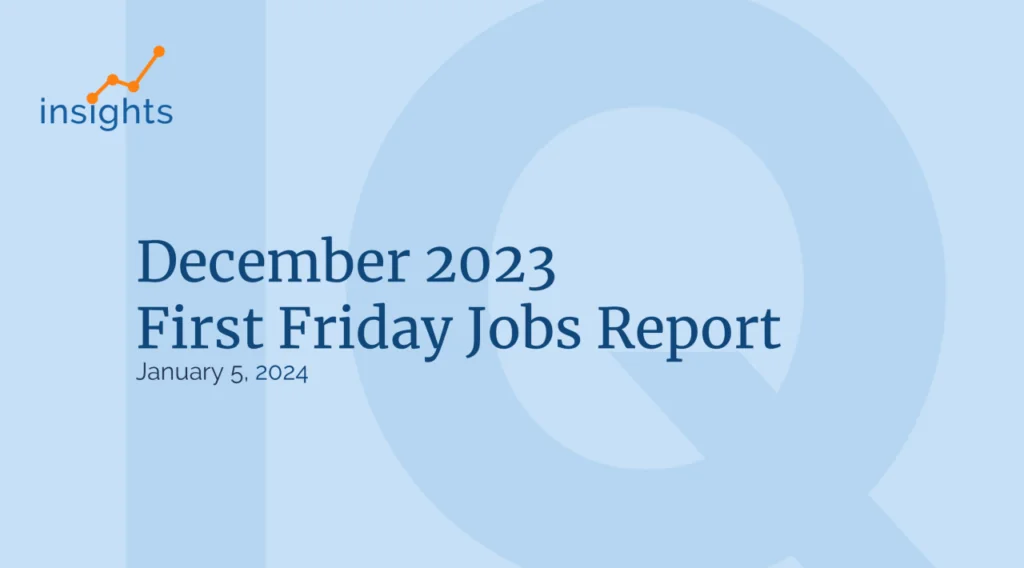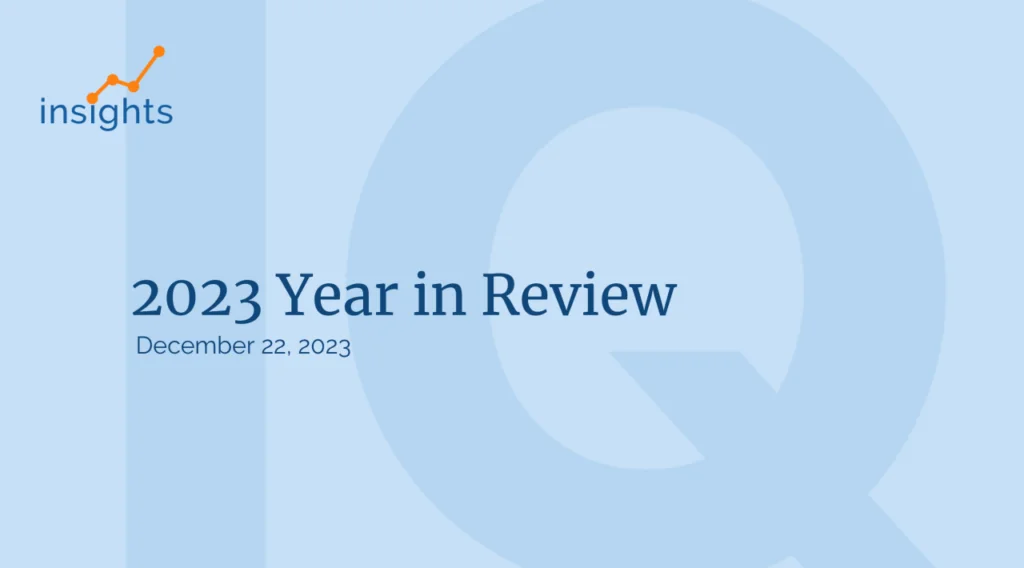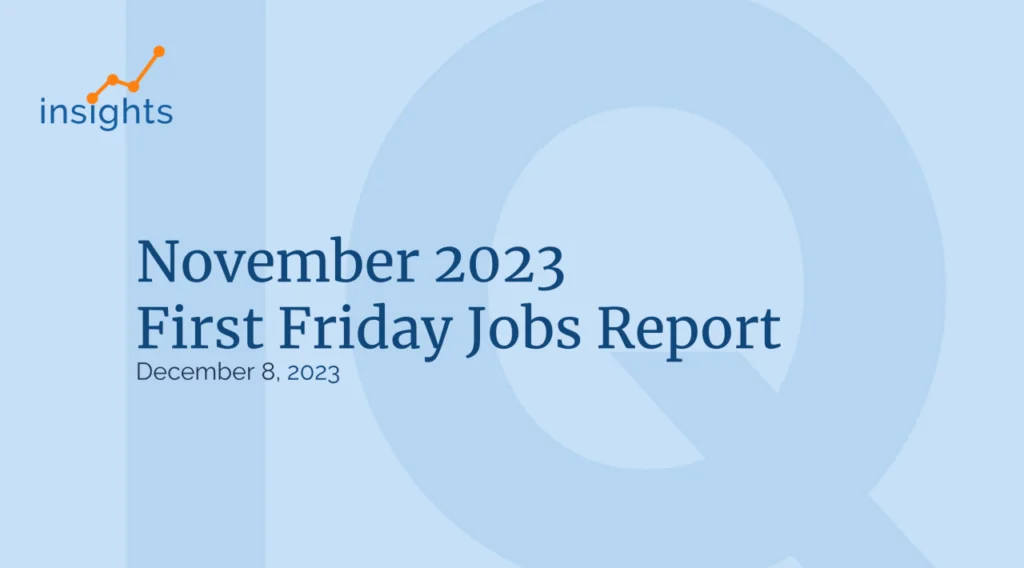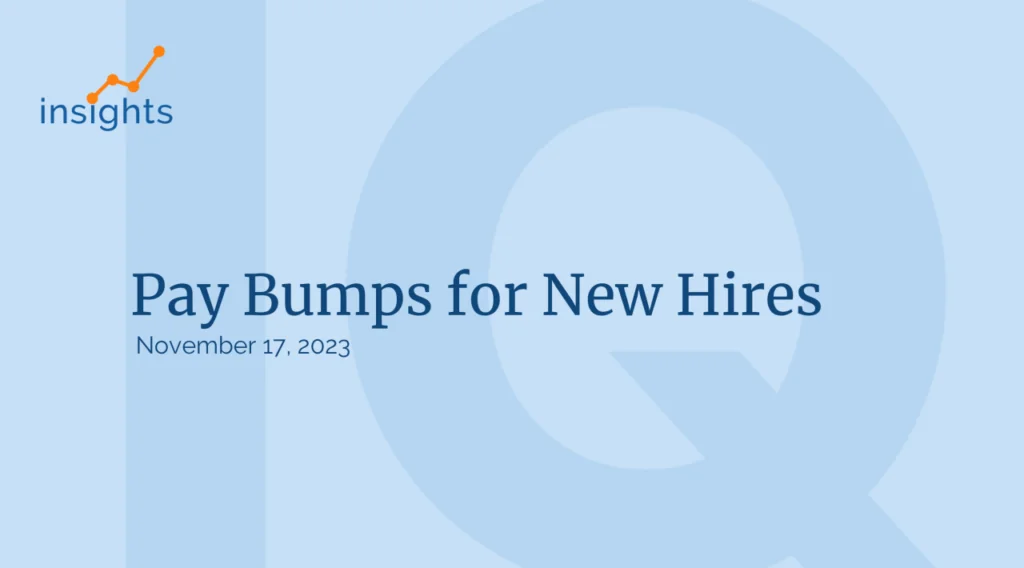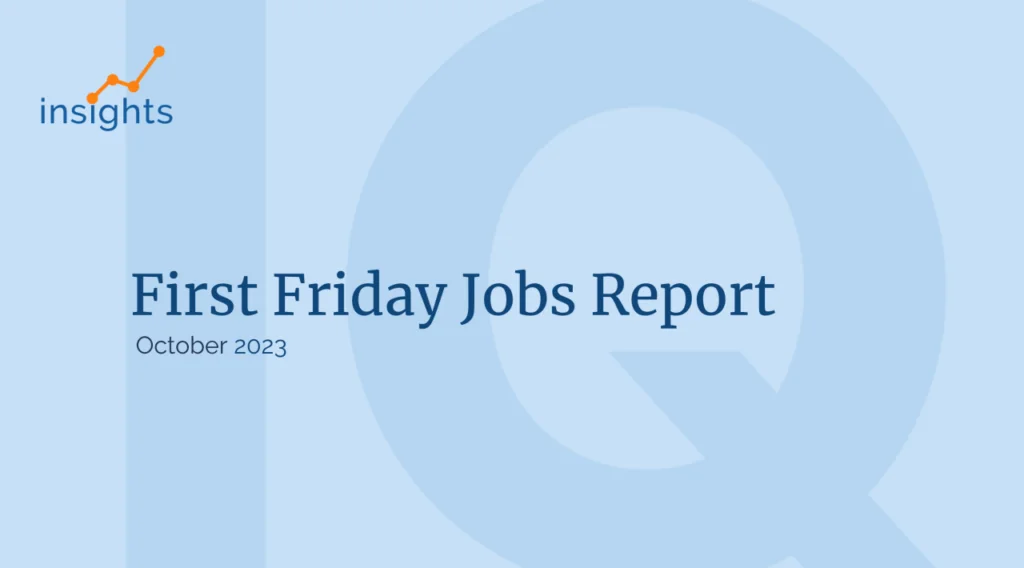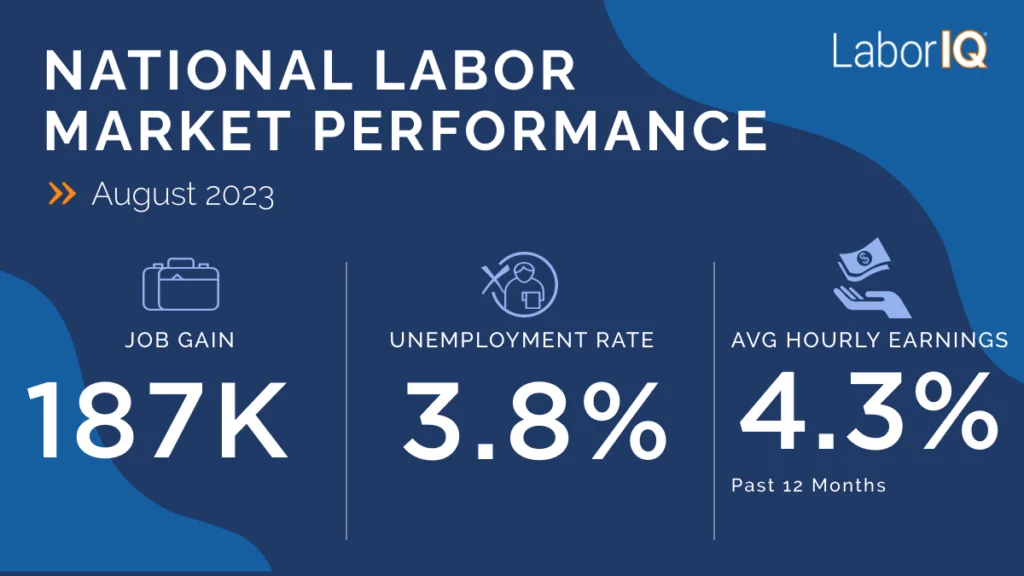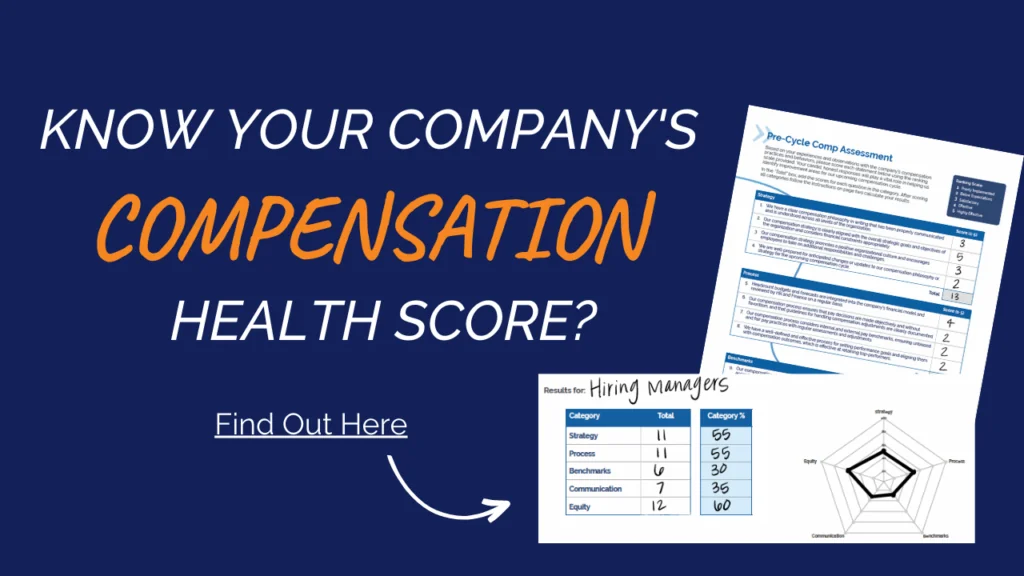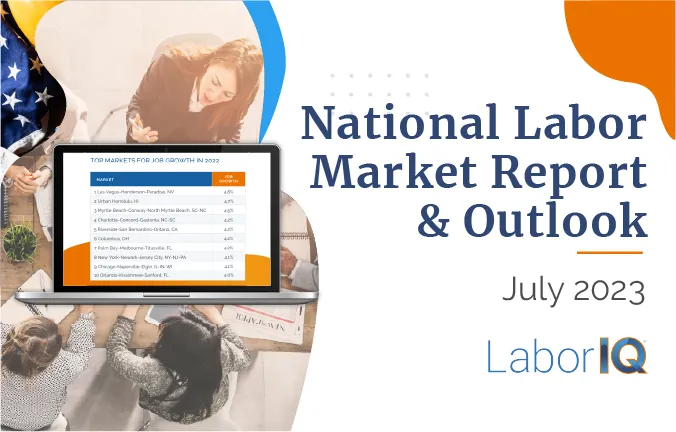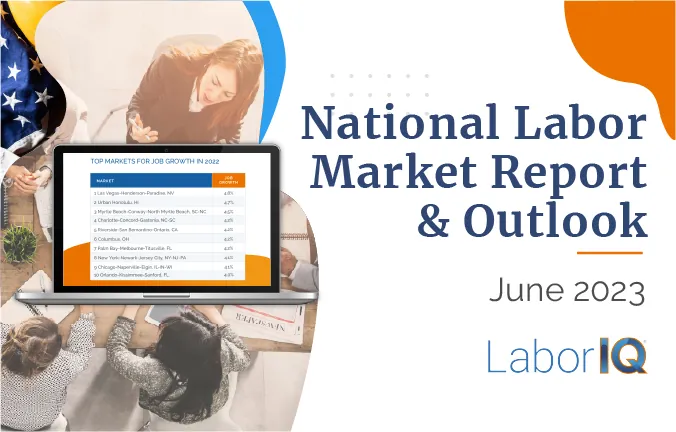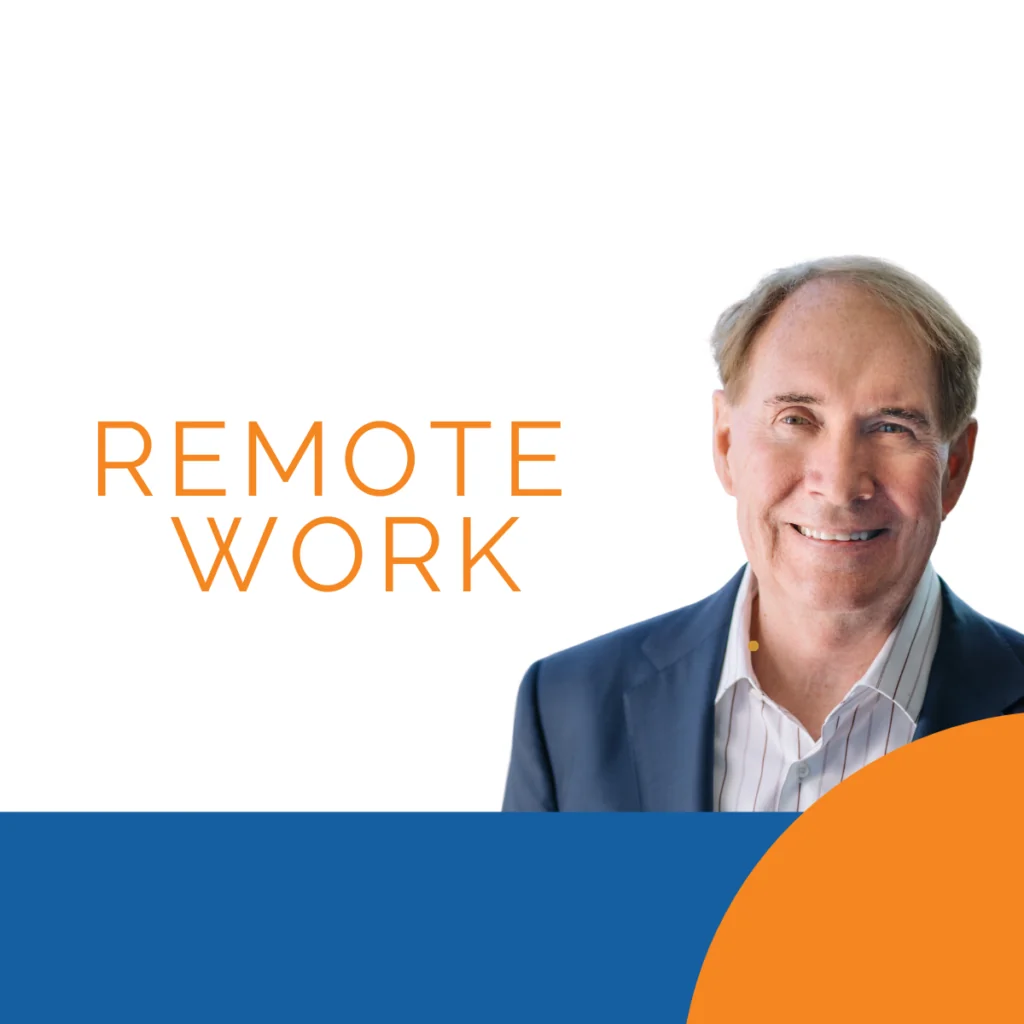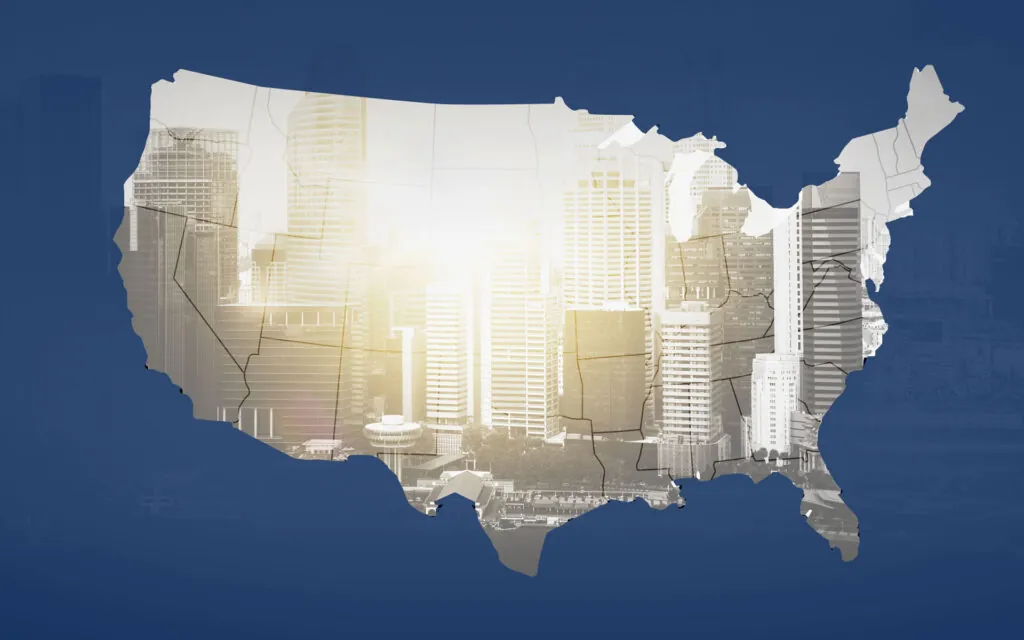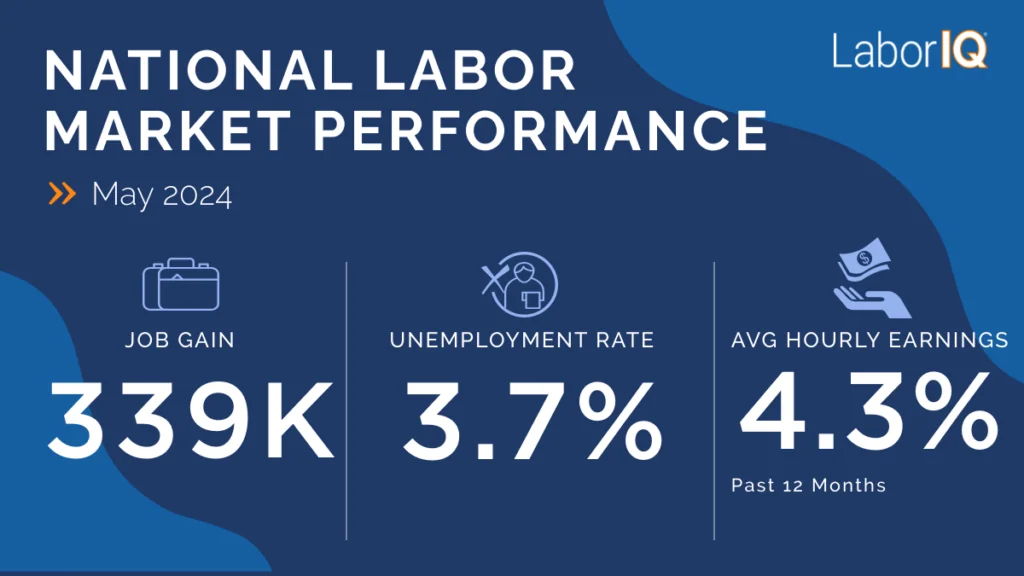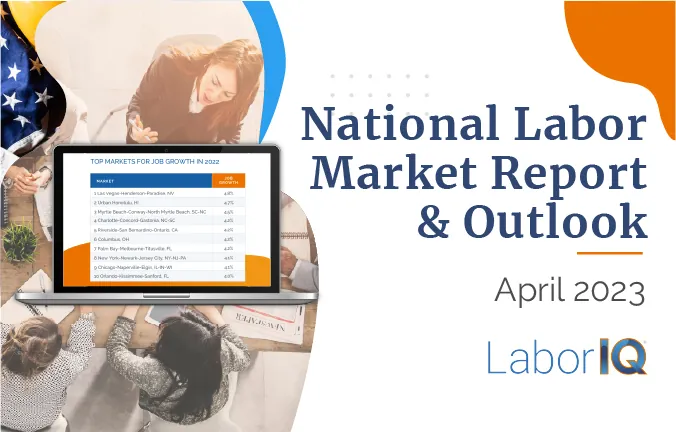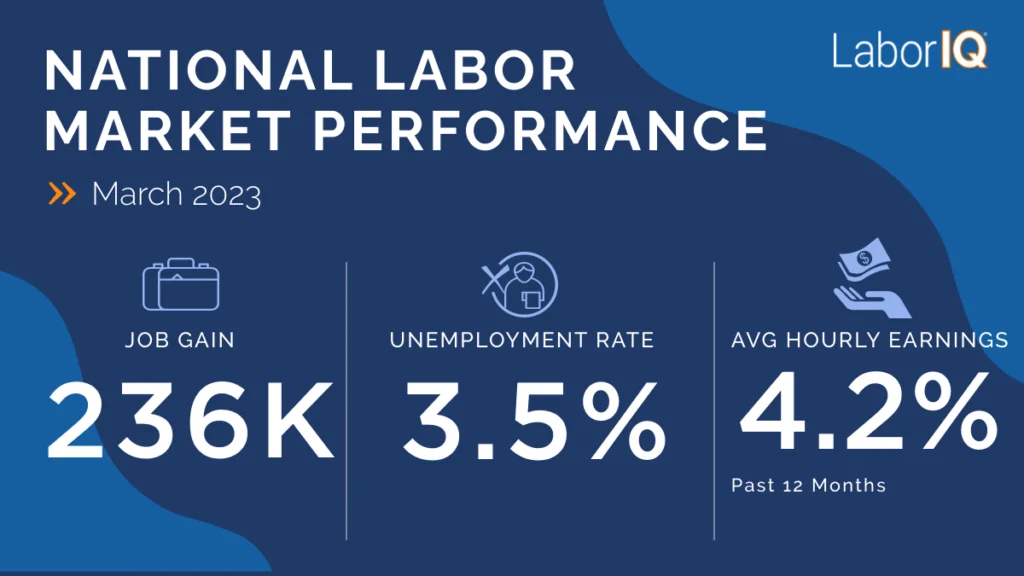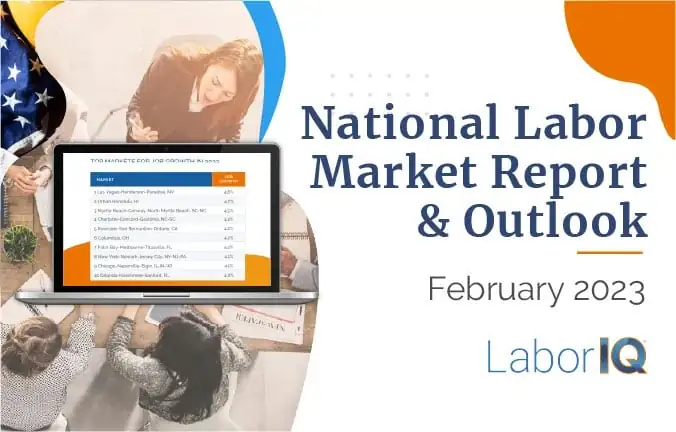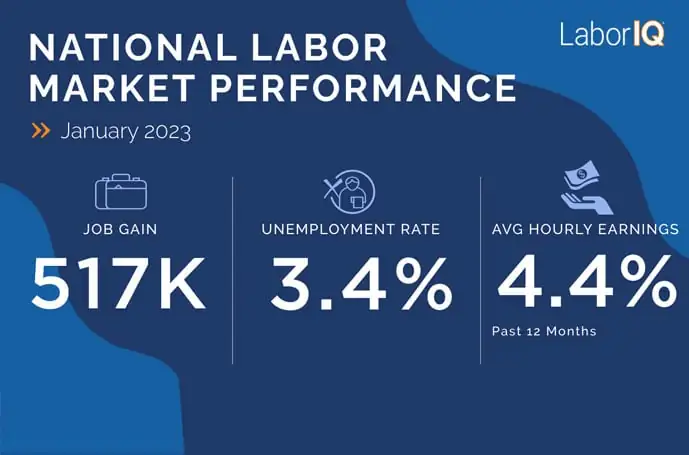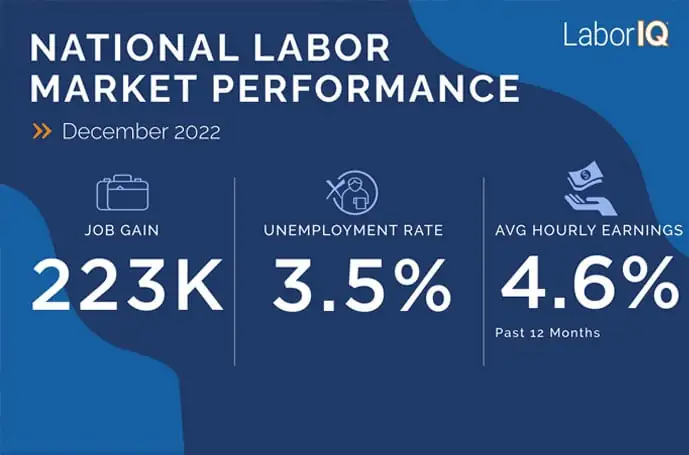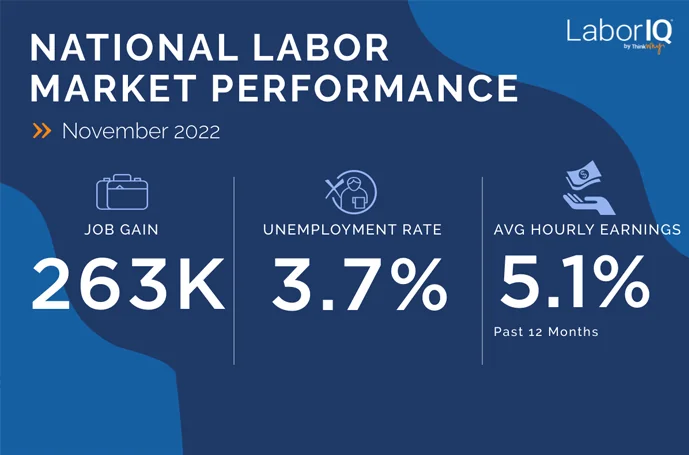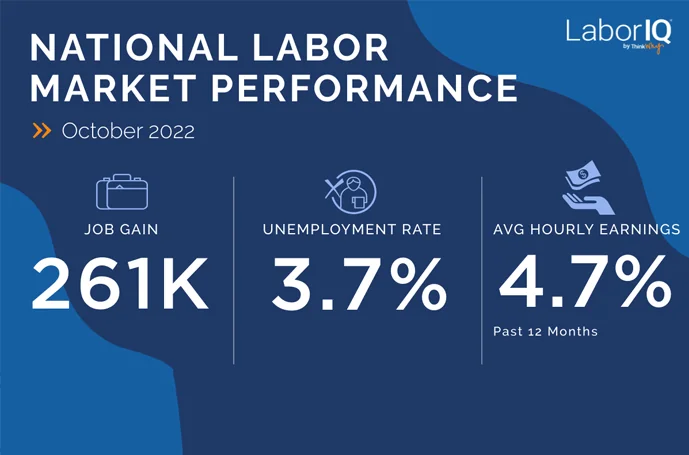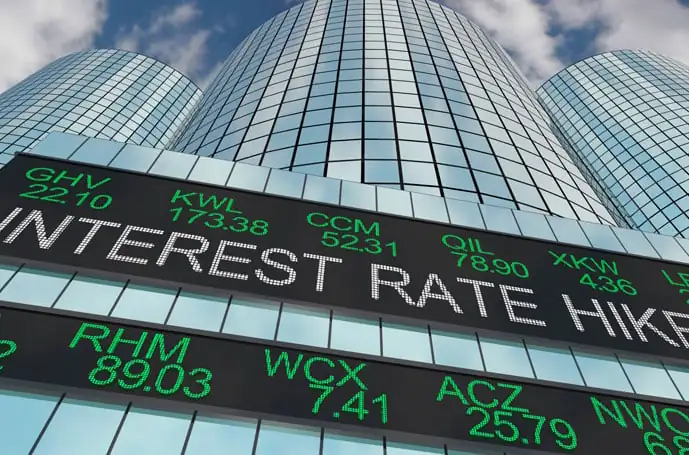Rising inflation is something we’ve seen in the news a lot recently- and with good reason.
For the uninitiated, inflation refers to the rate at which the average price of goods and services rises. So, needless to say, it significantly impacts the job market.
How Does Inflation Impact the Job Market? A Bit of Background
At the risk of stating the obvious, one of the first sectors impacted by rising inflation is the finance industry, specifically the housing market.
But, despite millions of job losses during the pandemic, thanks to low interest rates and high demand for property, the housing market remained robust in 2022.
However, when the FED raised rates by 3.75-4% in Q2 2022 to battle inflation, mortgage rates went up, making it much more expensive to buy a house. According to data from Trading Economics, the average mortgage interest rate sat at 3.5% in 2022, which, although higher than 2.8% in 2021, was still affordable.
The lower mortgage rates fell, the more willing people were to borrow. However, toward the end of 2022 and into 2023, we saw a significant change. Mortgage rates soared (albeit gradually) to more than 7%, and the effects were tangible.
The bottom line: The rise in interest rates bumped mortgage rates, making it much more expensive to buy a house. Sellers didn’t want to lower the price of their homes, and buyers couldn’t afford property prices when mortgage rates went up. This caused a slowdown in the housing market, and more than 501,000 jobs in the financial sector were lost as a result.
Besides the adverse impact that rising inflation has had on the housing market, it’s also worth noting that, often, it’s harder for consumers to buy as many goods or services. Sadly, living costs go up, but incomes aren’t as quick to match these rising costs. Professor of Economics David Spencer puts it best: “For the majority of workers, higher price inflation is now eroding the real value of what they earn.”
Simultaneously, as interest rates increase, it’s harder for consumers to obtain loans and credit cards. So they’re squeezed from both sides, lowering demand and slowing the need for job expansion. Another effect of shrinking demand is that businesses don’t need to produce as much, which means they don’t need as many people to create those things.
The result? Layoffs. As of January 2023, more than 58,000 workers lost their jobs in the tech industry alone.
Ultimately, inflation can prompt workers to do one of two things:
- Fuel people to go out and look for higher pay elsewhere because their monthly expenses go up. When this happens, we see an increase in voluntary turnover (more on this in a sec).
- Stick with their current employment for fear of losing their income during economic uncertainty.
Inflation in 2022 and 2023
In 2022, the U.S. saw inflation decline over six months from June at 9.1% to 6% in December. While for many, this signaled the gradual return to a more affordable economic climate; we can’t ignore that even at its lowest ebb in 2022, inflation remained higher than it has been for the last 10 years.
If we look at the U.S. Consumer Price Index (CPI), which calculates cost fluctuations of consumer goods and services, levels increased by 3.6% in 2022, higher than the 2.5% increase in 2021.
Fast forward to today, and as 2023 continues to unfurl, it’s unlikely that we’ll see much change in the cost of living as energy, fuel and housing still remain above average. As it stands, in the U.S.:
- The consumer price index (CPI) remains at an average of 6.1% – with energy at 7.3%, food at 10.4%, and fuel at 6.4%.
- Whereas inflation sits at around 6.5%
What Does This Mean for the Labor Market?
Quit rates are a telltale sign of how inflation impacts the job market. After all, quit rates tend to indicate how confident workers are in finding new jobs. Typically, the higher inflation is, the more cautious people are with their finances; therefore, they aren’t as likely to quit their jobs.
However, despite rising inflation during the pandemic, we saw an unprecedented 47 million Americans quitting their roles, led by several factors, including burnout, wage drops, and a reluctance to work during times of crisis.
Also, according to data from the Bureau of Labor Statistics, the quit rate measuring the number of workers leaving their jobs voluntarily was 2.6% in October 2022. However, this is only marginally higher than pre-pandemic levels (2.3%). From this, we can deduce that while there’s pressure to earn a stable income, many are looking more closely at job satisfaction.
What Do Organizations Need to Know?
Organizations need to know how inflation, CPI and mortgage rates affect the job market, which, in turn, will impact their HR operations.
The key takeaway: To navigate the ever-changing economic landscape, businesses need to stay on top of changes in the economy and adjust their recruitment and compensation strategies accordingly to remain competitive.








